Home>Home Appliances>Home Automation Appliances>How Does Alexa Get Information


Home Automation Appliances
How Does Alexa Get Information
Published: December 30, 2023
Discover how Alexa gathers information and enhances your home automation appliances. Learn about the technology behind Alexa's data retrieval process.
(Many of the links in this article redirect to a specific reviewed product. Your purchase of these products through affiliate links helps to generate commission for Storables.com, at no extra cost. Learn more)
Introduction
The advent of smart home devices has revolutionized the way we interact with our living spaces. Among these innovations, voice-controlled virtual assistants have emerged as indispensable tools, seamlessly integrating into our daily routines. At the forefront of this technology is Amazon's Alexa, a virtual assistant that responds to voice commands to perform a myriad of tasks, from playing music to providing real-time information. One might wonder, "How does Alexa get information?" This article delves into the intricate processes underlying Alexa's information retrieval, shedding light on the sophisticated mechanisms that power this remarkable virtual assistant. Let's embark on a journey to uncover the inner workings of Alexa's information acquisition and delivery.
Key Takeaways:
- Alexa gets information from Amazon’s product details, Wikipedia, news outlets, local business listings, and third-party skills. This helps Alexa provide a wide range of accurate and relevant information to users.
- Alexa understands and responds to human language using natural language processing and machine learning. It continuously learns from user interactions, adapts to language trends, and anticipates user needs, making it a smart and perceptive virtual assistant.
Read more: Where Does Alexa Get Weather Information
Data Sources for Alexa
When a user interacts with Alexa, the virtual assistant harnesses a diverse array of data sources to provide accurate and relevant information. These sources serve as the foundation for Alexa’s knowledge base, enabling it to swiftly respond to inquiries with precision and depth. Let’s explore the primary data sources that fuel Alexa’s information retrieval:
- Amazon’s Product Information: As an Amazon product, Alexa leverages the vast repository of data available on the e-commerce platform. This includes product details, user reviews, and specifications, allowing Alexa to offer comprehensive information about a myriad of products available for purchase on Amazon.
- Wikipedia: Alexa taps into the wealth of knowledge available on Wikipedia, a collaborative online encyclopedia encompassing a wide range of topics. By accessing this extensive database, Alexa can provide users with detailed and verified information on countless subjects, from historical events to scientific concepts.
- News Outlets and RSS Feeds: Alexa stays abreast of current events by sourcing information from reputable news outlets and RSS feeds. This enables the virtual assistant to deliver up-to-date news briefs, weather forecasts, and other timely information, ensuring that users remain informed and connected.
- Local Business Listings: Alexa draws upon local business listings and directories to furnish users with details about nearby establishments, including addresses, contact information, and customer reviews. This empowers users to effortlessly locate and learn about businesses in their vicinity.
- Third-Party Skills and APIs: Through third-party skills and application programming interfaces (APIs), Alexa can access a wide array of specialized information and services. These skills, developed by external entities, expand Alexa’s capabilities, allowing it to offer diverse functionalities such as recipe recommendations, language translation, and fitness tracking.
By amalgamating data from these varied sources, Alexa constructs a comprehensive knowledge base that underpins its ability to furnish users with a wealth of information on demand. This amalgamation enables Alexa to cater to an extensive spectrum of user queries, from general knowledge inquiries to personalized recommendations, cementing its status as a versatile and invaluable virtual assistant.
Natural Language Processing
At the core of Alexa’s information retrieval prowess lies the marvel of natural language processing (NLP). This sophisticated branch of artificial intelligence empowers Alexa to comprehend and interpret human language with remarkable accuracy, enabling seamless communication between users and the virtual assistant. Let’s delve into the intricacies of NLP and its pivotal role in Alexa’s functionality:
When a user issues a voice command or poses a query to Alexa, the virtual assistant employs NLP algorithms to decipher the nuances of the spoken language. This involves parsing the user’s input, identifying keywords and context, and discerning the user’s intent with a high degree of precision. NLP enables Alexa to understand colloquial language, dialectal variations, and diverse speech patterns, ensuring that users can interact with the virtual assistant in a natural and unencumbered manner.
Furthermore, NLP facilitates the extraction of key information from user queries, enabling Alexa to discern the underlying meaning and retrieve relevant data from its expansive knowledge base. Through advanced syntactic and semantic analysis, NLP algorithms enable Alexa to process complex queries, infer user preferences, and deliver tailored responses that align with the user’s intent.
Moreover, NLP empowers Alexa to engage in contextual understanding, allowing it to maintain continuity in conversations and comprehend follow-up queries based on preceding interactions. This contextual awareness enriches the user experience, fostering a sense of fluidity and coherence in communication with the virtual assistant.
By harnessing the capabilities of NLP, Alexa transcends the limitations of rigid command-based interactions, embracing a more intuitive and conversational mode of engagement. This seamless integration of NLP elevates Alexa’s user interface to a level of sophistication where users can interact with the virtual assistant as they would with a knowledgeable and perceptive companion, fostering a sense of natural and effortless communication.
In essence, NLP serves as the bedrock of Alexa’s conversational prowess, enabling it to comprehend, process, and respond to user input in a manner that mirrors human interaction. This fusion of advanced language understanding and contextual awareness epitomizes Alexa’s proficiency in understanding and addressing user queries with unparalleled acuity and finesse.
You can use Alexa to get information by asking specific questions or using commands like “Alexa, what’s the weather today?” or “Alexa, tell me a recipe for chocolate chip cookies.” Alexa retrieves information from the internet and various databases to provide you with the most relevant and up-to-date information.
Machine Learning Algorithms
Powering the cognitive capabilities of Alexa is a sophisticated ensemble of machine learning algorithms, which imbue the virtual assistant with the capacity to adapt, learn, and refine its functionality over time. These algorithms form the cornerstone of Alexa’s continuous improvement, enabling it to glean insights from user interactions, refine its responses, and enhance its overall performance. Let’s explore the pivotal role of machine learning in augmenting Alexa’s capabilities:
Machine learning algorithms enable Alexa to analyze user interactions and discern patterns, thereby refining its understanding of user preferences, linguistic nuances, and contextual cues. By leveraging these insights, Alexa can tailor its responses to align with individual user preferences, delivering personalized and relevant information with precision.
Furthermore, machine learning equips Alexa with the ability to adapt to evolving language trends, dialectical variations, and emerging colloquialisms. This adaptability ensures that Alexa remains adept at understanding and responding to diverse forms of user input, fostering inclusive and seamless interactions across a broad spectrum of linguistic and cultural contexts.
Moreover, machine learning empowers Alexa to continuously enhance its comprehension of user queries, enabling it to discern intent, disambiguate ambiguous requests, and retrieve information with heightened accuracy. Through iterative learning and refinement, Alexa’s responsiveness and effectiveness in addressing user queries are perpetually honed, culminating in an enriched user experience.
Additionally, machine learning algorithms underpin Alexa’s capacity to proactively anticipate user needs and provide relevant information or suggestions. By analyzing historical user interactions and contextual cues, Alexa can preemptively offer pertinent details, recommendations, or reminders, thereby enhancing its utility as an anticipatory and insightful virtual assistant.
In essence, machine learning algorithms serve as the linchpin of Alexa’s evolution, enabling it to evolve from a responsive virtual assistant to an adaptive and perceptive entity. The amalgamation of machine learning with natural language processing engenders a virtual assistant that not only comprehends and responds to user queries but also evolves in tandem with user preferences and linguistic dynamics, positioning Alexa as a dynamic and astute companion in the realm of smart home technology.
Knowledge Graphs
Central to Alexa’s information retrieval and contextual understanding is the utilization of knowledge graphs, which serve as interconnected repositories of structured data, enabling Alexa to navigate and comprehend complex relationships between entities, concepts, and topics. Knowledge graphs play a pivotal role in empowering Alexa to furnish users with comprehensive and interconnected information, thereby enriching the depth and coherence of its responses. Let’s delve into the significance of knowledge graphs in augmenting Alexa’s informational acumen:
Knowledge graphs encapsulate a web of interconnected entities, encompassing a diverse array of topics, categories, and relationships. By assimilating and organizing this wealth of structured data, Alexa can traverse a vast semantic landscape, correlating disparate pieces of information to deliver holistic and insightful responses to user queries.
Moreover, knowledge graphs enable Alexa to discern contextual relationships between entities, facilitating nuanced and multifaceted understanding of user queries. By contextualizing user inquiries within a broader semantic framework, Alexa can offer comprehensive and relevant information, accounting for interdependencies and contextual nuances.
Furthermore, knowledge graphs empower Alexa to engage in entity resolution, disambiguating references and identifying specific entities within user queries. This capability enables Alexa to discern user intent with precision, retrieve targeted information, and offer coherent and pertinent responses that align with the user’s informational needs.
Additionally, knowledge graphs enable Alexa to synthesize information from disparate sources and present cohesive narratives that encapsulate interconnected concepts. By weaving together information from diverse domains, Alexa can offer users a holistic understanding of complex topics, fostering enriched and insightful interactions.
In essence, knowledge graphs serve as the scaffolding upon which Alexa’s informational acumen is erected, enabling the virtual assistant to transcend the confines of isolated data silos and embrace a holistic and interconnected approach to information retrieval. This amalgamation of structured data and semantic relationships equips Alexa with the capacity to deliver comprehensive, coherent, and contextually rich responses, positioning it as an erudite and insightful virtual companion within the realm of smart home technology.
Read more: How To Get Alexa Guard
Conclusion
The multifaceted mechanisms that underpin Alexa’s information retrieval capabilities converge to form a sophisticated and versatile virtual assistant that transcends the traditional paradigms of human-computer interaction. By amalgamating data from diverse sources, harnessing the power of natural language processing, leveraging machine learning algorithms, and navigating intricate knowledge graphs, Alexa emerges as an intuitive, perceptive, and erudite companion within the realm of smart home technology.
Through its adept utilization of Amazon’s product information, Wikipedia, news outlets, local business listings, and third-party skills, Alexa curates a comprehensive knowledge base that empowers it to address an extensive spectrum of user queries with precision and depth. This amalgamation of data sources fosters a dynamic and inclusive informational ecosystem, enabling Alexa to cater to diverse user needs and preferences.
Moreover, Alexa’s proficiency in natural language processing enables it to engage in seamless and intuitive interactions with users, comprehending colloquial language, discerning user intent, and fostering fluid and natural conversations. This fusion of advanced language understanding and contextual awareness imbues Alexa with a conversational acumen that mirrors human interaction, fostering a sense of effortless communication and rapport.
Furthermore, the integration of machine learning algorithms enables Alexa to continuously refine and enhance its responsiveness, adaptability, and anticipatory capabilities. By gleaning insights from user interactions, adapting to linguistic nuances, and proactively anticipating user needs, Alexa evolves from a responsive virtual assistant to an adaptive and perceptive entity, enriching the user experience with each interaction.
Central to Alexa’s informational prowess is the utilization of knowledge graphs, which enable the virtual assistant to navigate interconnected repositories of structured data, discern contextual relationships, and synthesize information from disparate sources. This interconnected approach to information retrieval empowers Alexa to offer comprehensive, coherent, and contextually rich responses, fostering enriched and insightful interactions with users.
In essence, Alexa’s information retrieval processes epitomize the convergence of diverse disciplines, culminating in a virtual assistant that not only responds to user queries but also evolves in tandem with user preferences, linguistic dynamics, and contextual nuances. This amalgamation of advanced technologies and interconnected data sources positions Alexa as a dynamic, astute, and perceptive companion within the realm of smart home technology, enriching and simplifying the lives of users with its erudition and responsiveness.
Frequently Asked Questions about How Does Alexa Get Information
Was this page helpful?
At Storables.com, we guarantee accurate and reliable information. Our content, validated by Expert Board Contributors, is crafted following stringent Editorial Policies. We're committed to providing you with well-researched, expert-backed insights for all your informational needs.


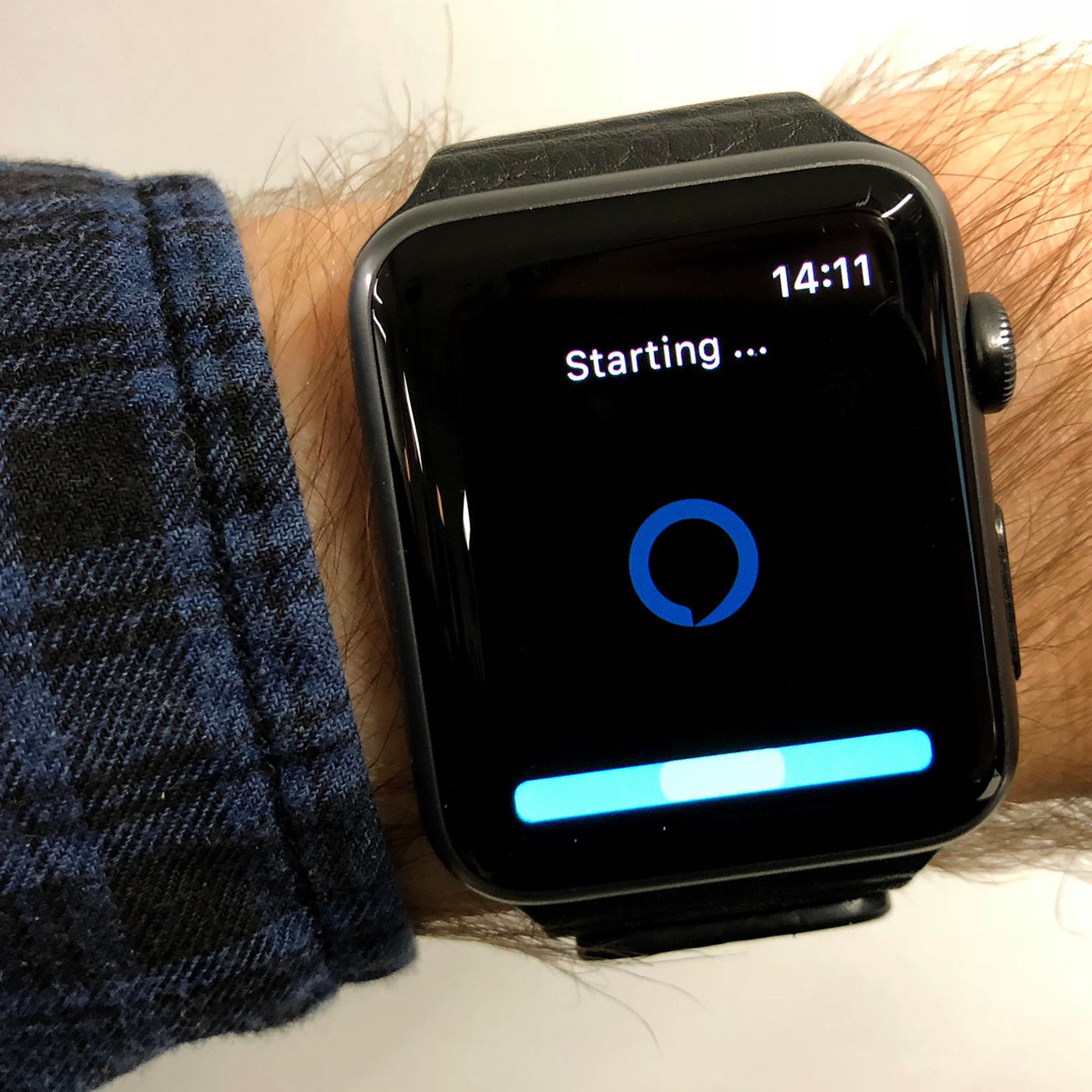
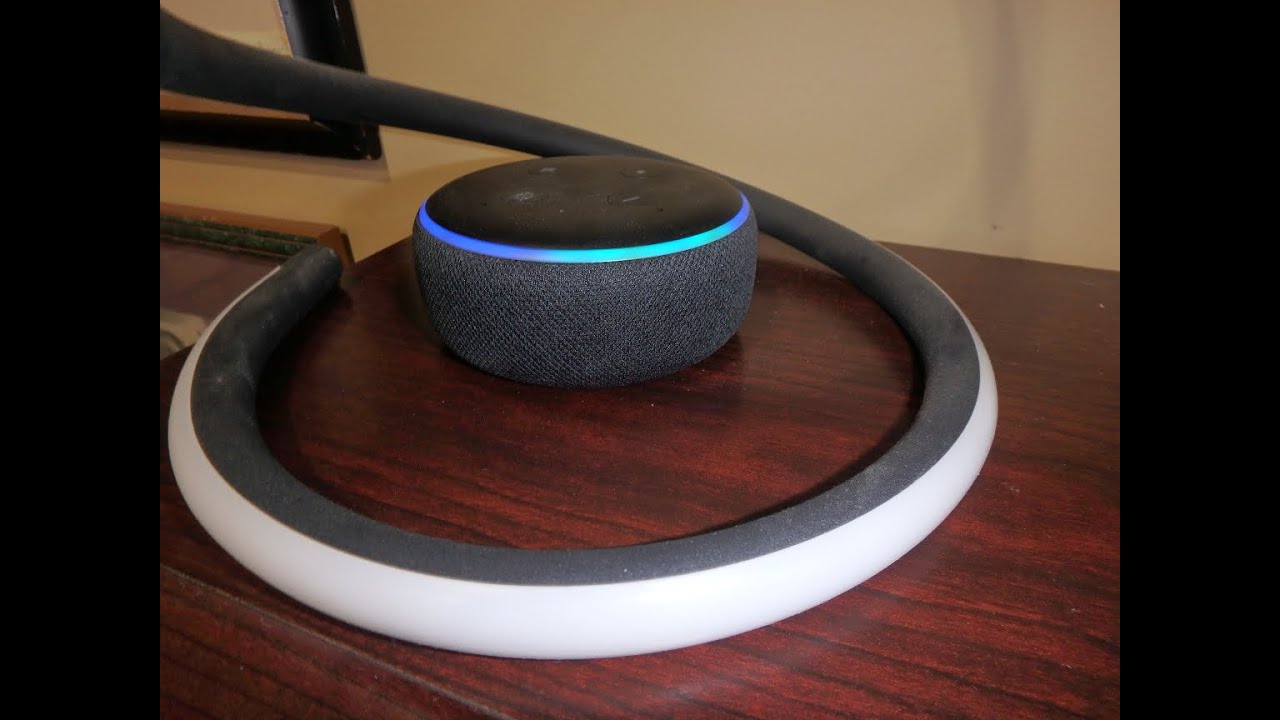




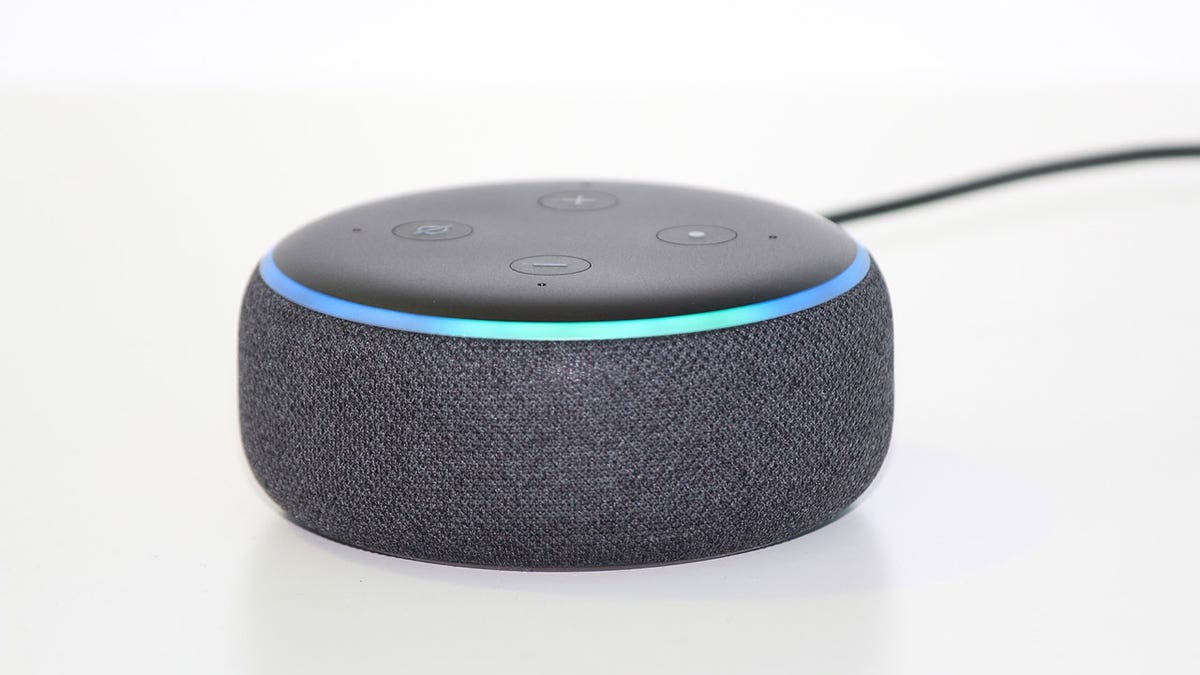
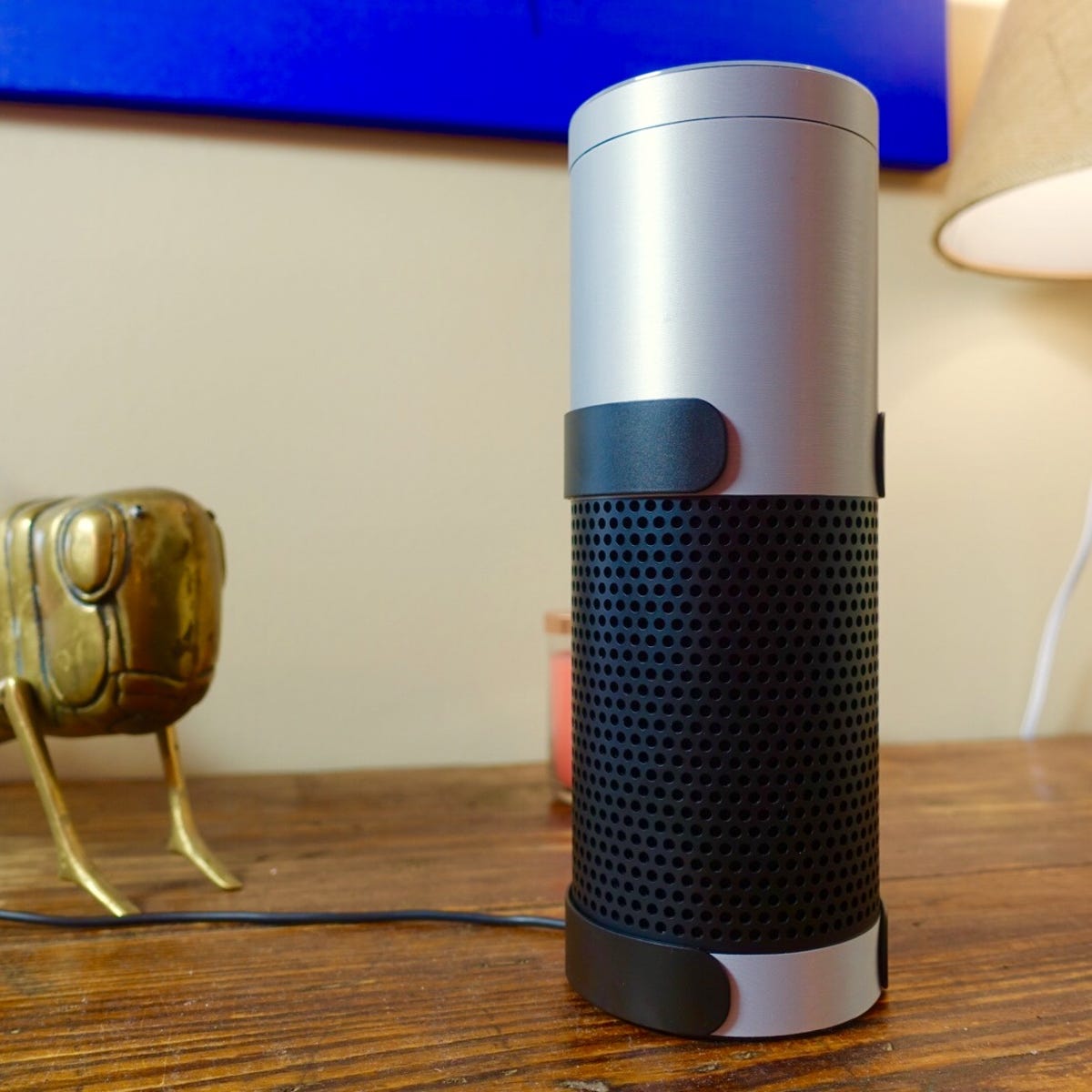
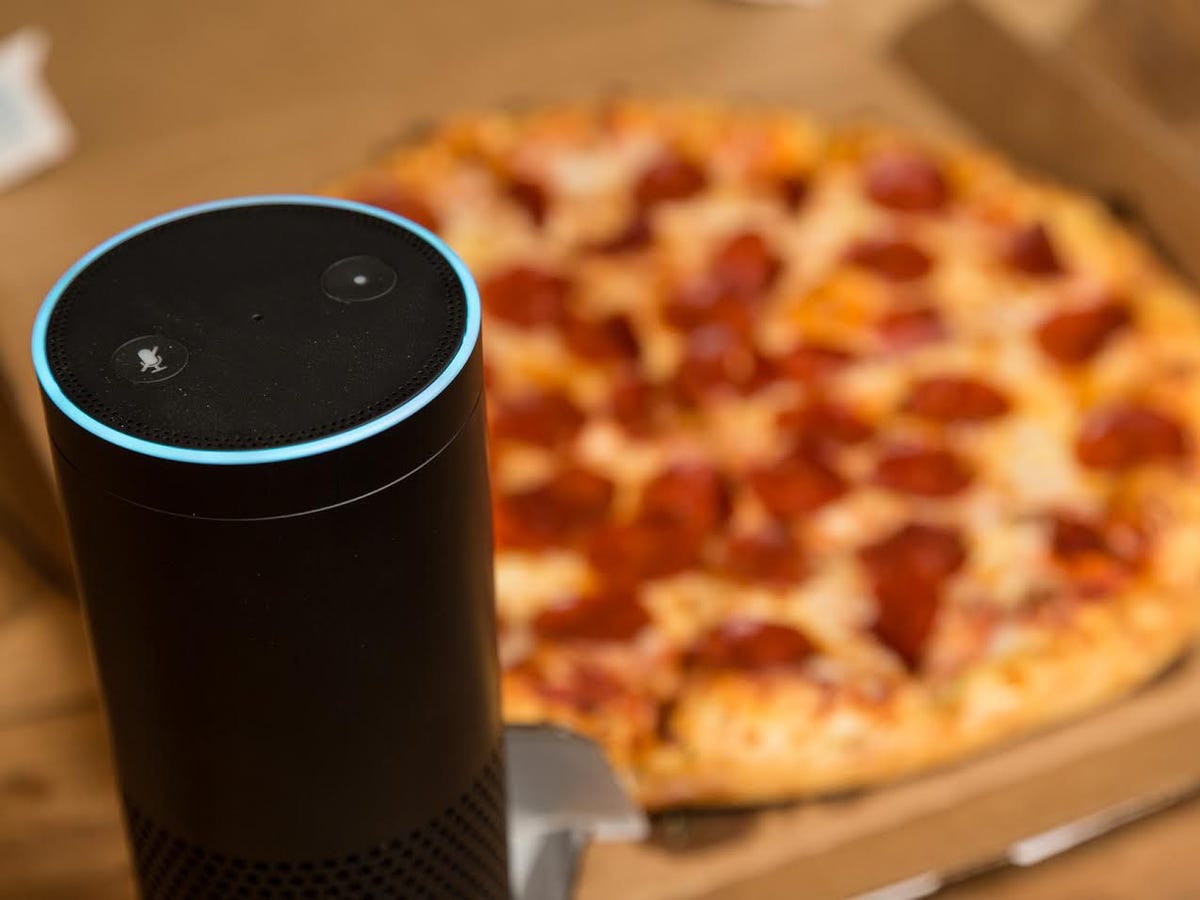




0 thoughts on “How Does Alexa Get Information”